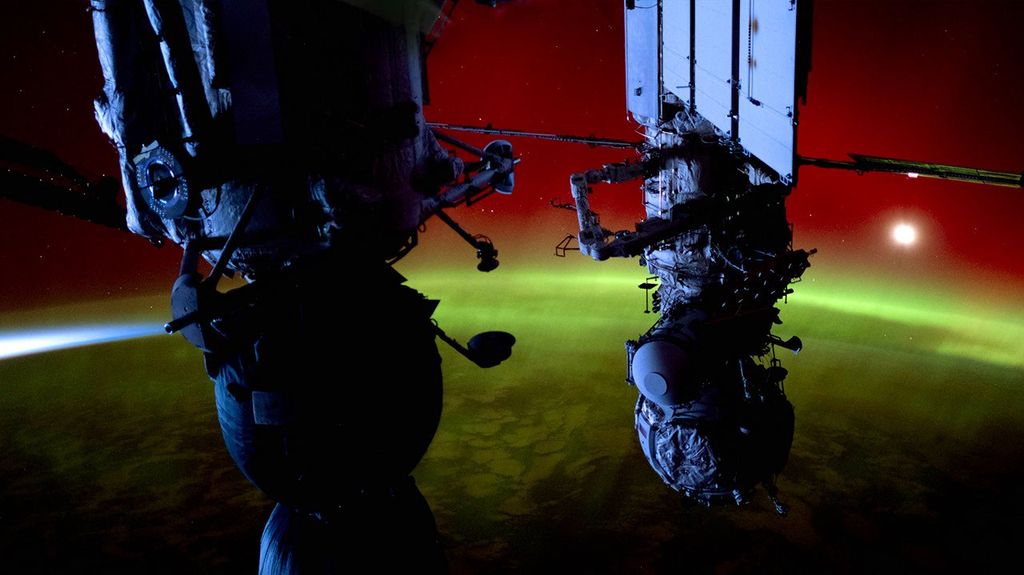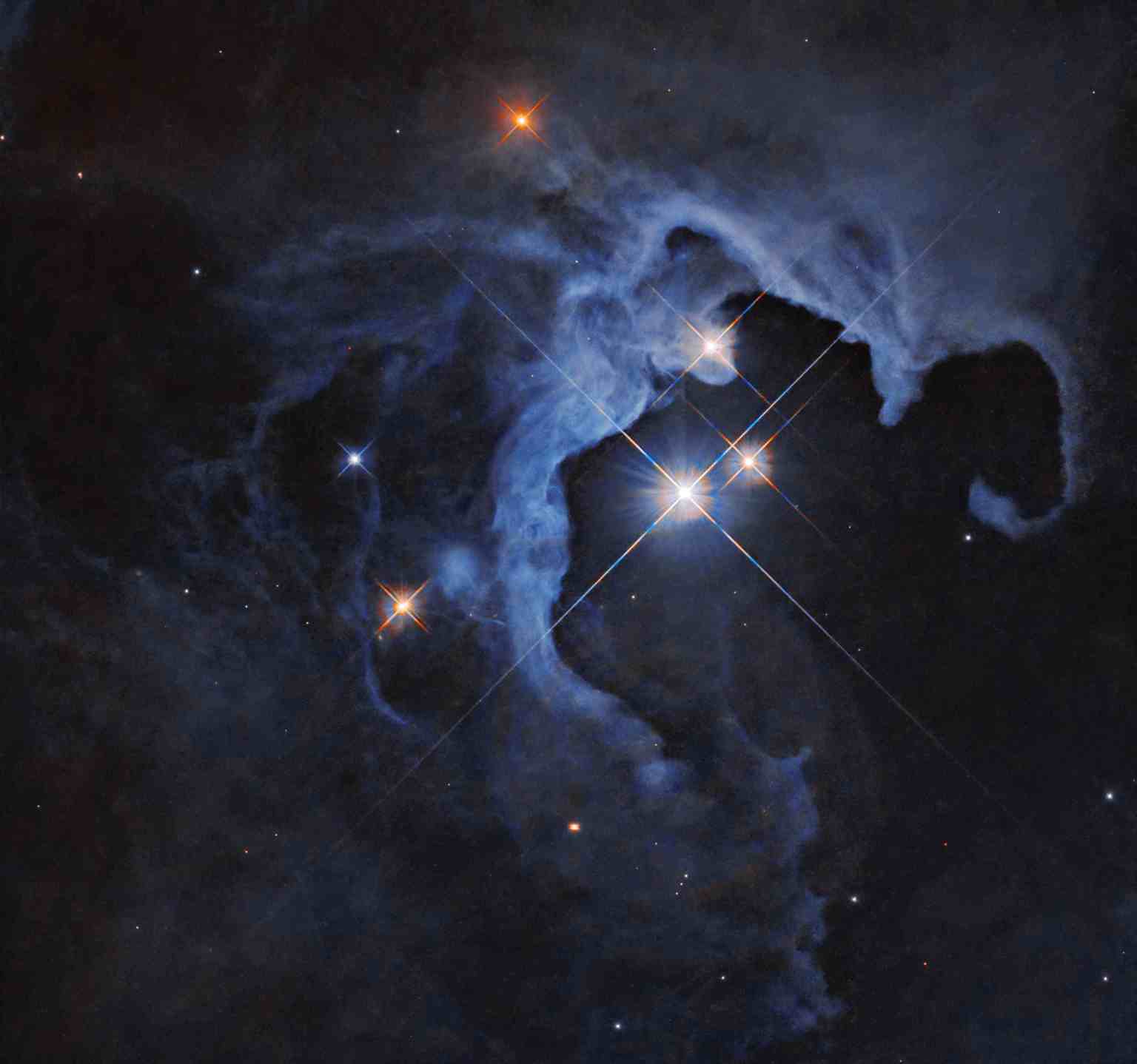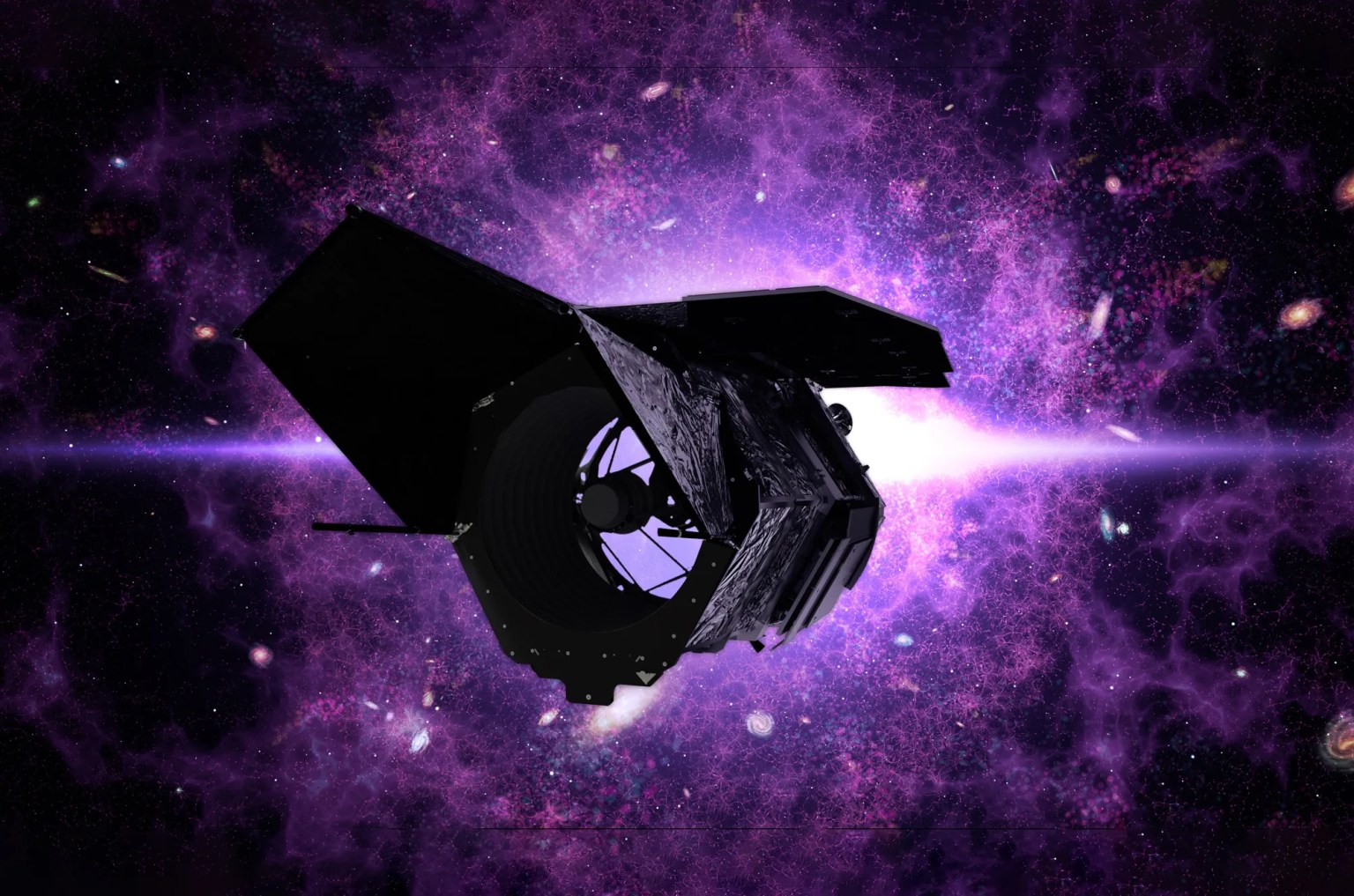Roman and Hubble
NASA’s nearly complete Nancy Grace Roman Space Telescope will create enormous cosmic panoramas, which astronomers will use to explore everything from dark energy and dark matter to distant planets and black holes. Though it’s often compared to the Hubble Space Telescope, Roman will study the cosmos in a unique and complementary way.
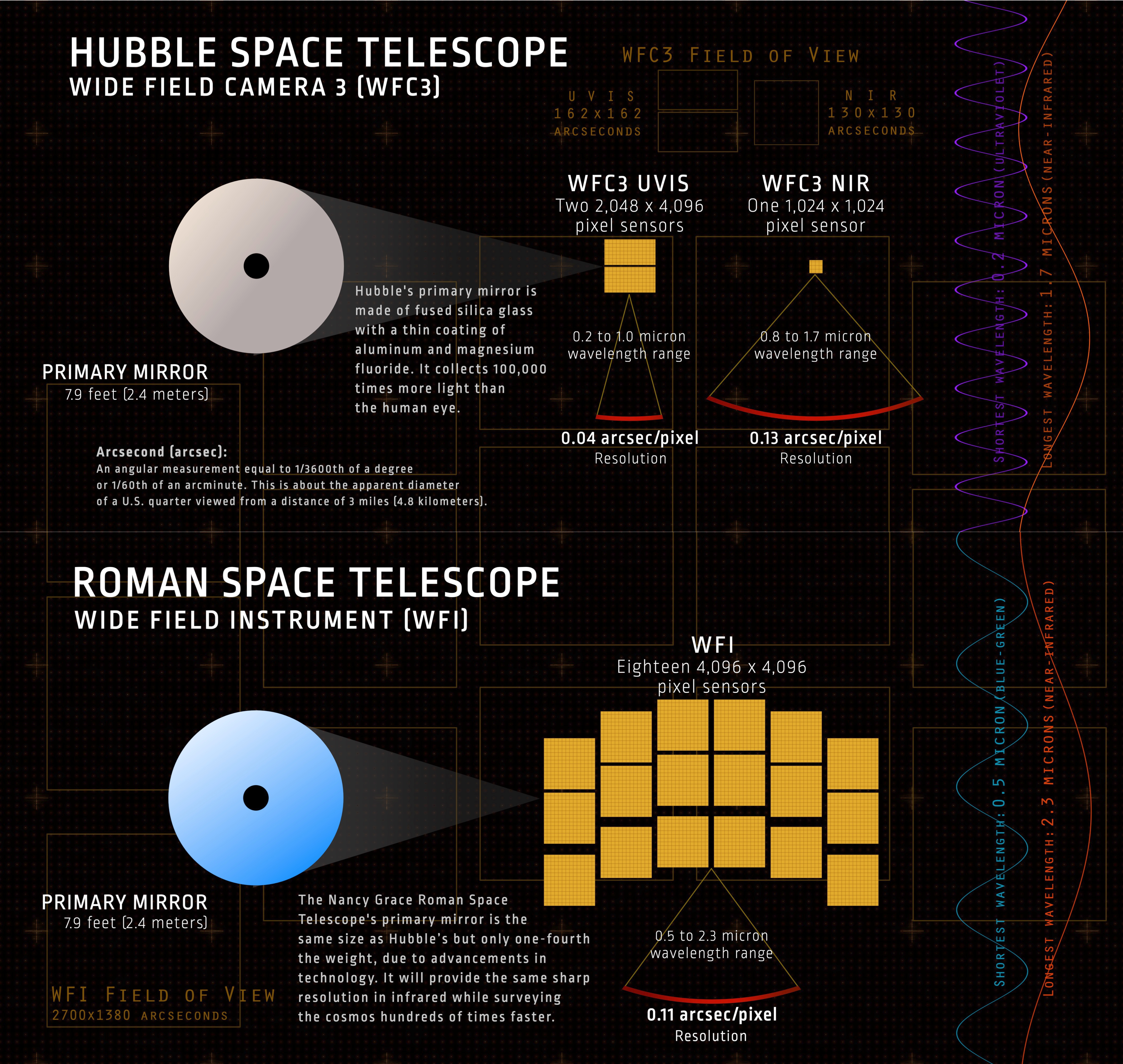
Roman will collect light from far across the universe using a primary mirror that’s 7.9 feet (2.4 meters) wide — the same size as Hubble’s primary mirror. Roman’s images will have the same crisp resolution as Hubble’s, but each one will capture a patch of the sky at least 100 times larger. Over the first five years of observations, Roman will image more than 50 times as much sky as Hubble covered in 30 years.
Observing billions of cosmic objects will help astronomers explore exciting science topics that require such huge numbers, like exoplanet demographics and dark energy. And Roman will do cosmic time-lapse photography by repeatedly imaging specific regions of space, making movies of large, active regions of the sky to reveal things that flicker or flare up and fizzle out.
Hubble is tuned to see the universe in ultraviolet, visible, and near-infrared wavelengths (spanning 0.2-1.7 microns), while Roman is tuned to see visible light and further into the infrared (0.5-2.3 microns). Both observatories will perform spectroscopy, which involves splitting light into individual colors to study patterns that reveal detailed information. But Roman’s spectral studies will have lower resolution over a large area, while Hubble’s has higher resolution over a small area.
Roman will conduct rapid surveys of broad swaths of the universe to reveal large, deep regions of space. Hubble can use its narrower view, overlapping wavelength coverage, and higher resolution spectroscopic capabilities to observe some of the same objects, helping scientists generate a more complete picture. And the two observatories will explore some of the same mysteries in different ways, bringing astronomers closer to answering all kinds of cosmic questions.
Stars
Roman will provide one of the deepest views ever into the heart of our galaxy, helping astronomers study hundreds of millions of stars. Many of these distant suns are faint, crowded among other stars from our vantage point, or obscured by dust, making them hard for other telescopes to see.
The observations will enable stellar seismology studies on hundreds of thousands of red giant stars, which will involve analyzing brightness changes caused by sound waves echoing through a star’s gaseous interior to learn about its structure, age, and other properties. And the same set of observations will reveal distant worlds and other hard-to-find cosmic objects, like rogue planets and isolated black holes.
Roman will also map star-forming regions, young open star clusters, and old globular star clusters in visible and infrared wavelengths. Hubble could zoom in on these populations to reveal them in ultraviolet light, providing a deeper understanding of stellar life cycles and how stars shape the interstellar medium and drive galaxy evolution. Together, the two telescopes will help us better understand star formation, the environments in which it occurs, and different types of stars.
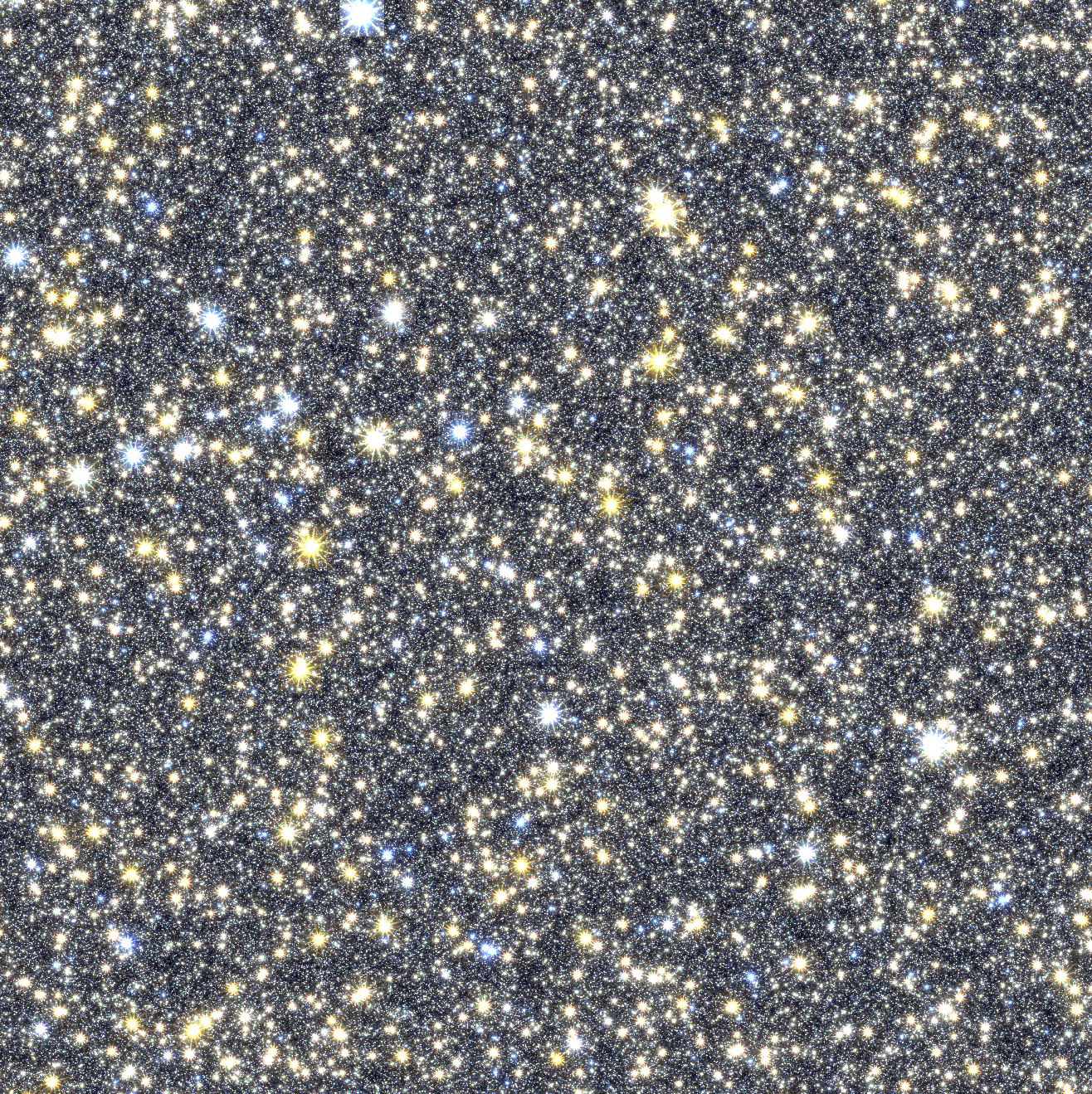
Planets
Roman will find more than a thousand planets orbiting far from their host stars and in systems located farther from Earth than any previous mission has detected using a quirk of gravity called microlensing.
When two unrelated stars closely align from our vantage point, the nearer star — and orbiting planets — can lens light from the farther star, creating a brief spike in brightness. While other planet detection methods are typically best at finding large planets orbiting very close to their host stars, microlensing can reveal planets more like those in our solar system, helping close a huge gap in our understanding of exoplanet demographics.
Scientists expect to find an additional 100,000 planets from the same dataset due to an opposite effect, watching for light that periodically dims as planets cross in front of their parent star, events called transits. This technique will reveal planets as far away as the opposite side of our galaxy. Roman will also photograph planets, directly imaging worlds with unprecedented sensitivity.
While many of the planets Roman finds will be too dim and distant, some will be good candidates for Hubble to zero in on for spectroscopic studies of individual systems and planet atmospheres. That will help astronomers better understand the conditions on other worlds and assess their habitability.
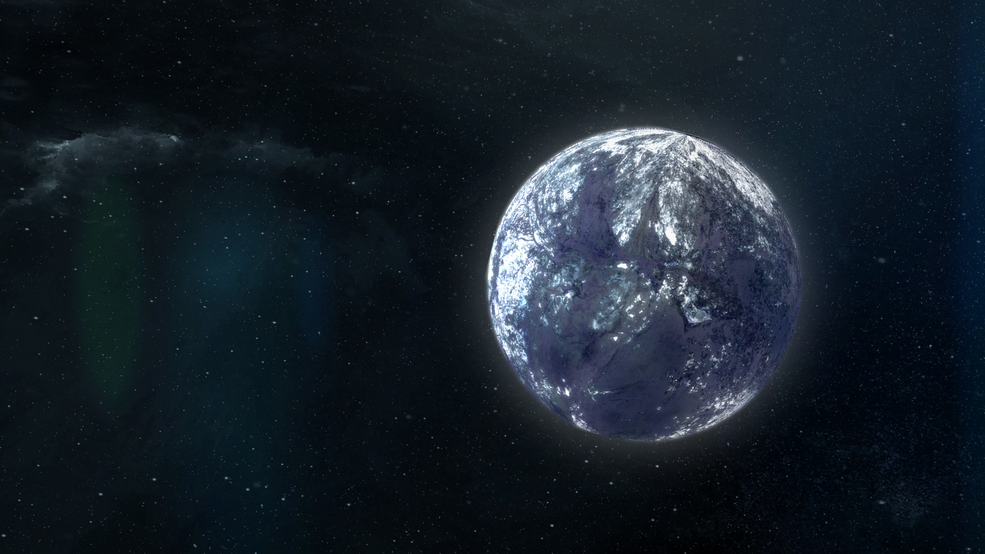
Galaxies
Roman will conduct expansive galaxy surveys across cosmic time, providing a broad view of cosmic ecosystems.
A single Roman survey will unveil billions of galaxies, offering new clues to galaxy evolution. And by analyzing the galaxies’ shapes and distances, astronomers will be able to study the effects of dark energy — the mysterious cosmic pressure thought to be speeding up the universe’s expansion — 10 times more precisely than current measurements. The same data will also help astronomers better understand dark energy.
Hubble could complement these surveys with ultraviolet imaging and spectroscopy, revealing young, hot stars in other galaxies and tracing star formation histories. And Hubble will follow up on interesting objects and phenomena that appear in Roman’s observations, using its different wavelength coverage and spectroscopic capabilities to study the physics of the targets in more detail.
Roman could also build on celebrated Hubble observations such as the Hubble Ultra Deep Field image, which showed that a tiny, seemingly empty slice of the sky was actually teeming with thousands of galaxies, each containing billions of stars. Roman could conduct a similar observation with its larger view, revealing millions of galaxies. While a Roman ultra-deep field would be just as sharp as Hubble’s and peer equally far back in time, it could reveal an area hundreds of times larger, offering a much broader view of cosmic ecosystems.
The Dark Universe
Astronomers used Hubble observations of dozens of type Ia supernovae to discover that the universe’s expansion is speeding up. Roman will build on Hubble’s legacy by finding tens of thousands of these exploding stars, including very distant ones, offering more clues about the nature of dark energy and how it may have changed throughout the history of the universe.
By analyzing millions of galaxies strewn across space and time, Roman will offer a separate dark energy probe. The mission’s enormous, deep panoramas will provide the best opportunity yet to discern between the leading theories about what’s speeding up the universe’s expansion.
Roman will also explore another of the universe’s dark mysteries: dark matter, a strange, invisible substance seen only via its gravitational influence on regular matter. Roman’s broad surveys will map both cosmic structures and the distribution of dark matter on an unprecedented scale thanks to gravitational lensing. This observational effect occurs when a massive object — such as a galaxy cluster — warps space and time, causing light to bend, distort, and magnify as it passes around the massive object.
Gravitational lenses boost our vision, allowing us to see distant objects we would otherwise have missed. Hubble's pioneering work in observing these natural telescopes helped prove Einstein's theories while providing astronomers with the tools to probe these massive galaxies and model their lensing effects, allowing us to peer further into the early universe than ever before. Roman will take gravitational lensing observations to the next level. It’s sensitive enough to use weak gravitational lensing to see how clumps of dark matter warp the appearance of distant galaxies. By observing lensing effects on this scale, scientists will be able to fill in more of the gaps in our understanding of dark matter.
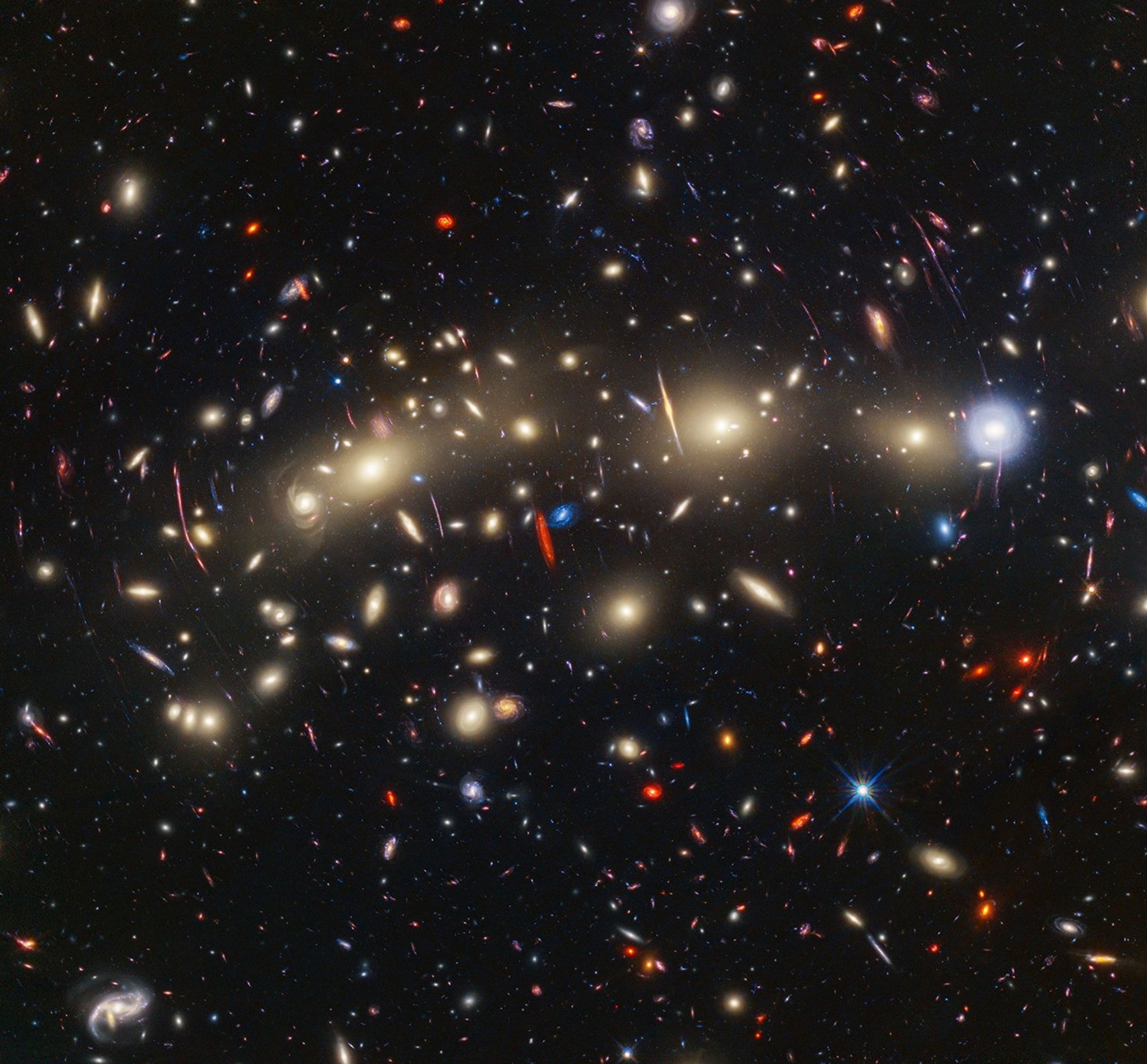
Black Holes
Hubble revolutionized our understanding of black holes using its sharp vision and ability to observe in visible and ultraviolet light. Hubble was the first to confirm that supermassive black holes exist and to prove that they reside at the cores of most galaxies. It also helped astronomers find the first confirmed isolated stellar-mass black hole.
Roman will build on these observations by peering farther, spotting supermassive black holes spewing fountains of intense radiation far across space as well as a variety of smaller black holes, including isolated stellar-mass ones and potentially ancient Earth-mass ones. It will also capture black holes being born as neutron stars (dense cores left behind after massive stars exhaust the nuclear fuel that powers them) merge, and see tidal disruption events — flares of light released as stars fall into black holes. And Roman's wide, deep view will help astronomers understand how black holes have influenced the galaxies they inhabit across enormous swaths of space-time, and identify hordes of new black holes.
The two telescopes will work together, with Roman reeling in unprecedented numbers of black holes across the cosmos and Hubble potentially following up on particularly interesting ones for spectroscopic and multiwavelength observations.
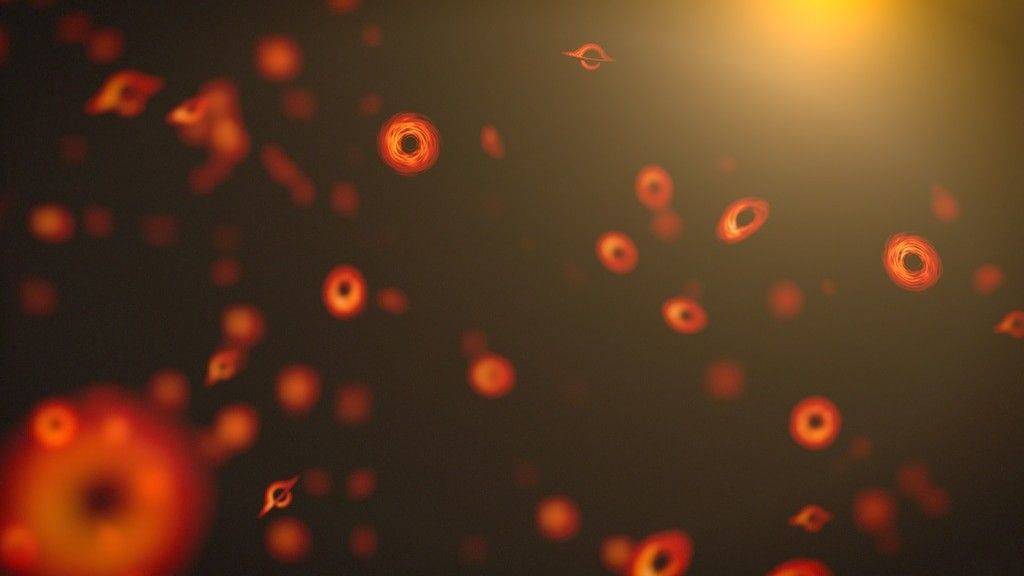
Looking Ahead
In the 35 years since its launch, Hubble has opened our eyes to all kinds of cosmic phenomena, pulling back the curtains to give us a front row seat to the universe. Along the way, Hubble revealed many surprises — like dark energy and the prevalence of supermassive black holes — because it was viewing the universe as never before. Roman will build on those observations by scanning much larger swaths of space that would take Hubble hundreds or even thousands of years to image, while complementing studies only Hubble can currently do. Who knows what new surprises may be in store?
















